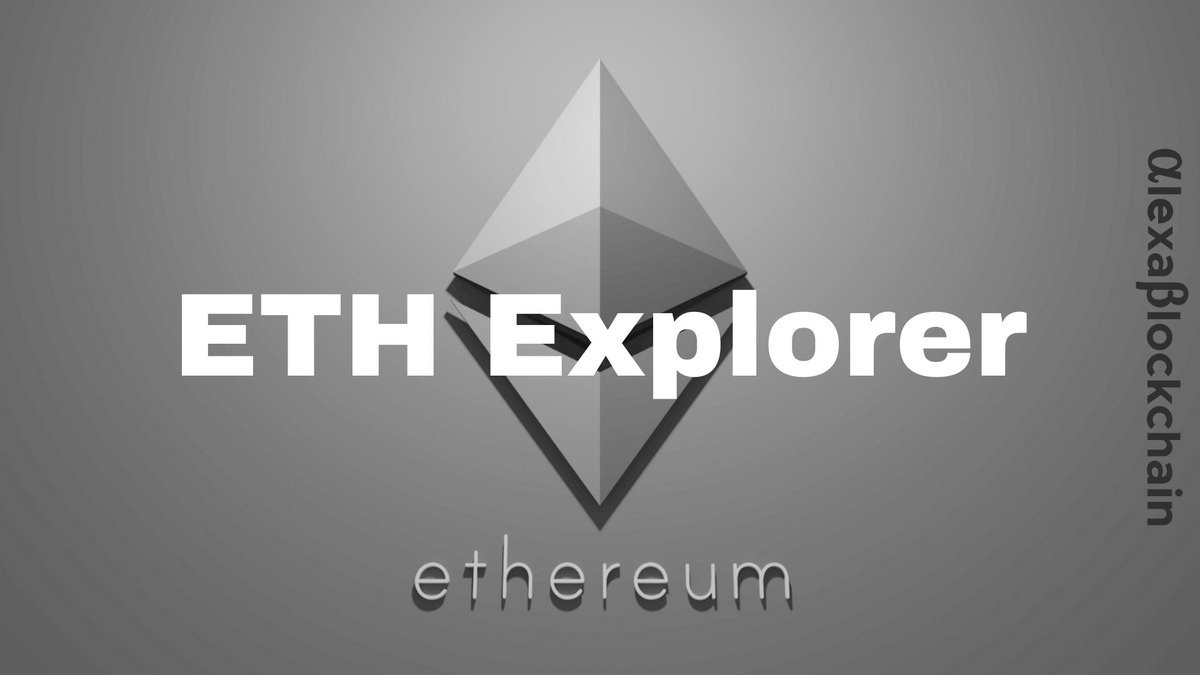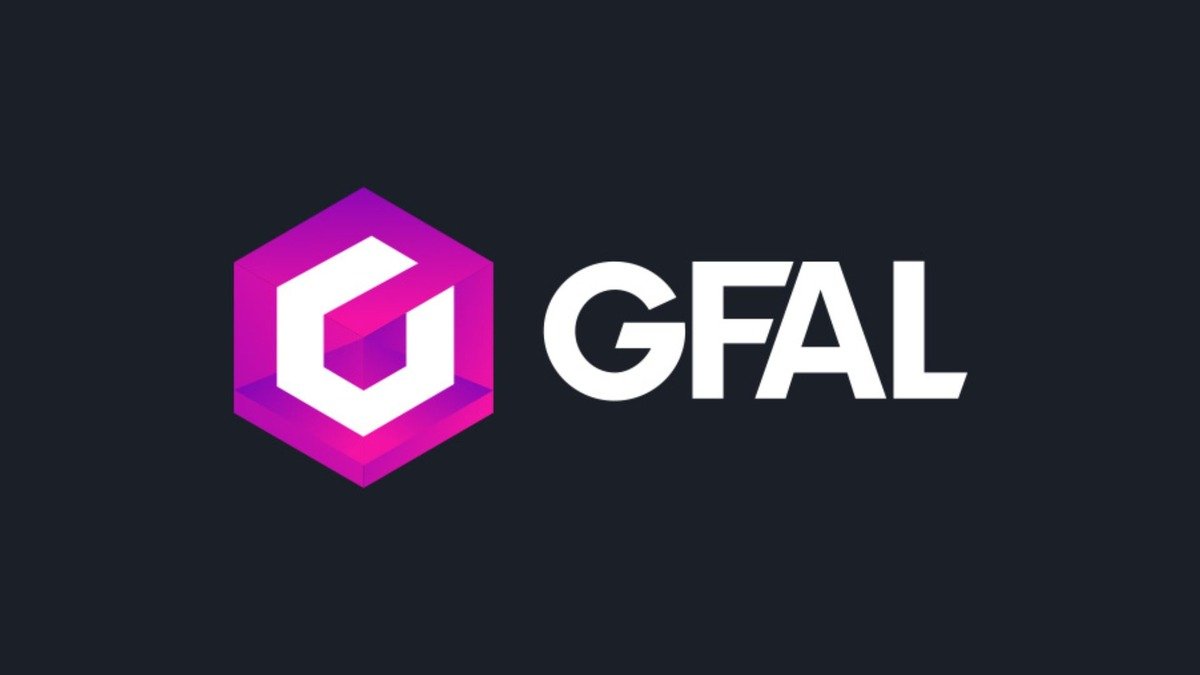ETH Explorer’s role in blockchain technology

Blockchain technology has revolutionized numerous industries by providing transparency, security, and decentralization. that much Blockchain Explorer It is an important tool for understanding and navigating the complex workings of cryptocurrency networks.
In this article, we examine the importance of this tool for both users and developers and see how it works using the example of GetBlock’s ETH Explorer.
The Explorer: A window into the inner workings of a blockchain
Applications that collect comprehensive data across cryptocurrency networks, revealing in real-time what’s going on within these networks, are commonly called explorers or “scanners.”
This gives users and developers a window into what exactly is happening within these networks.
a) For users:
It provides a user-friendly interface to track transactions, monitor smart contracts, and verify the integrity of data stored on the blockchain.
Users can seamlessly browse their entire transaction history, inspect wallet balances, and gain real-time insights into network activity. Whether it’s checking the status of a transaction or exploring the token holdings of a specific address.
For example, ETH Explorer provides users with transparency and visibility into the inner workings of Ethereum.
b) For developers:
Developers use blockchain explorer as an essential tool for dApp development and smart contract auditing.
Using APIs and comprehensive data visualization capabilities, developers can debug transactions, analyze gas usage, and optimize contract deployment.
Blockchain Explorer provides easy exploration of block details, transaction hashes, and contract interactions, giving developers a deeper understanding of the network architecture.
It also plays an important role in ensuring the security and stability of decentralized applications (DApps) by allowing developers to audit transactions and monitor contract execution.
Ethereum Explorer: Decentralized Data Sourcing
ETH Explorer aggregates data from nodes running on the Ethereum network. These nodes are synchronized with each other to maintain consistent and up-to-date records of transactions and smart contracts.
These apps leverage APIs to interact with these nodes and retrieve information such as block headers, transaction data, and contract bytecode.
Through a combination of web scraping and direct node communication, ETH Scanner constructs a comprehensive view of the network and then presents it to users and developers through an intuitive web interface.
How does Ethereum Explorer work?
As an example, let’s look at how GetBlock works. ETH ExplorerIt’s a popular choice among users and developers alike.
GetBlock’s scanner tool uses its own decentralized network of Ethereum nodes to provide decentralized data in real time. When it receives a user query, the app pulls relevant information from these nodes and aggregates it into a cohesive view.
Through a combination of RESTful APIs and WebSocket connections, ETH Explorer gives users instant access to:
- block data,
- Detailed transaction history,
- Smart contract interaction.
Additionally, this blockchain explorer offers advanced features such as transaction tracking, event logs, and contract verification to enhance its usability for both casual users and seasoned developers.
Insights from GetBlock’s ETH Explorer
As mentioned above, cryptocurrency network scanners provide information from various types of nodes within the cryptocurrency network ecosystem. These nodes can be categorized into two main types: nodes provided by external service providers and self-hosted nodes.
External service providers such as GetBlock provide remote procedure call (RPC) nodes for over 55 networks that users and developers can access to retrieve blockchain data. GetBlock operates its own network of RPC nodes specifically designed to provide reliable, up-to-date information. GetBlock leverages its own nodes to ensure the accuracy and integrity of the data it collects and displays to users.
Self-hosted nodes, on the other hand, are operated and maintained by individual users or organizations within a cryptocurrency network. These nodes require users to set up and manage their own infrastructure, which can be a more complex and resource-intensive effort compared to relying on an external provider.
Overall, whether sourcing data from external service providers or self-hosted nodes, blockchain explorers play an important role in aggregating and displaying information in a user-friendly manner.
Any Explorer serves as a cornerstone of blockchain technology, giving users and developers a window into the inner workings of a decentralized network.
Whether tracking transactions, auditing smart contracts, or exploring cryptocurrency-related data, ETH Explorer plays a pivotal role in driving innovation and transparency within the decentralized ecosystem. It will remain an indispensable tool to unleash its full potential and foster decentralized innovation.
Also Read: MakerDAO Now Dominates the ETH Lending Market with 52% Market Share



